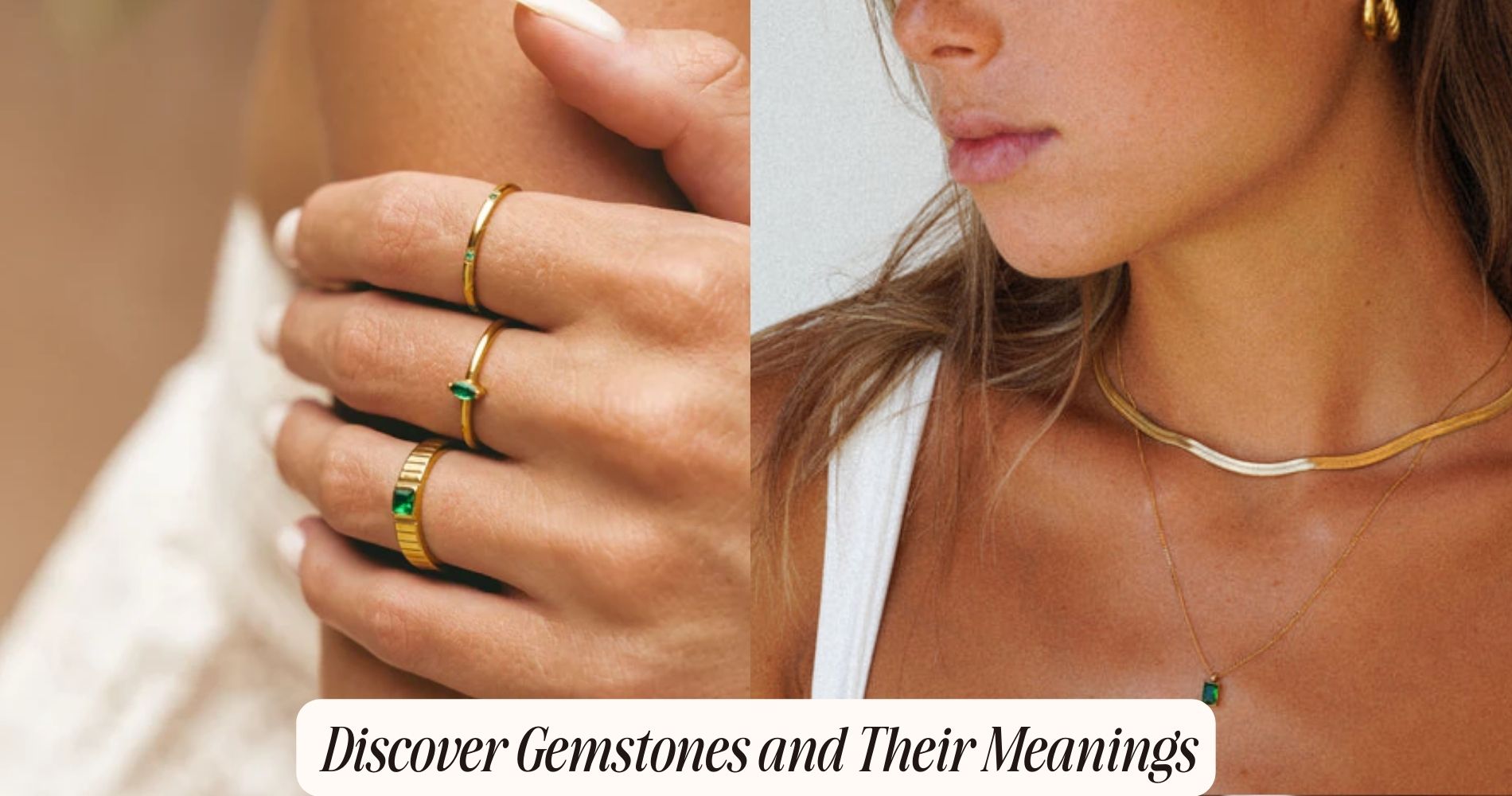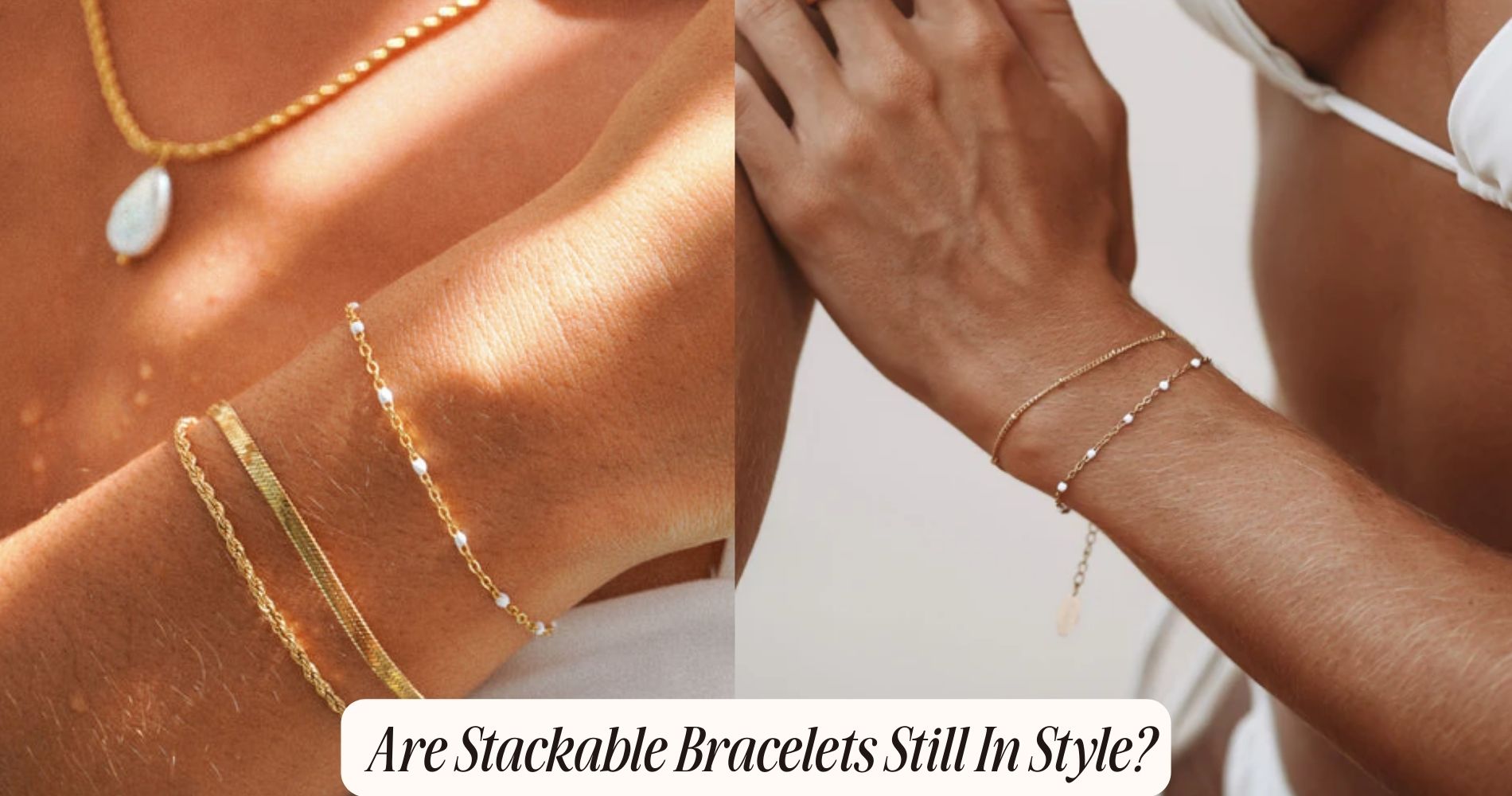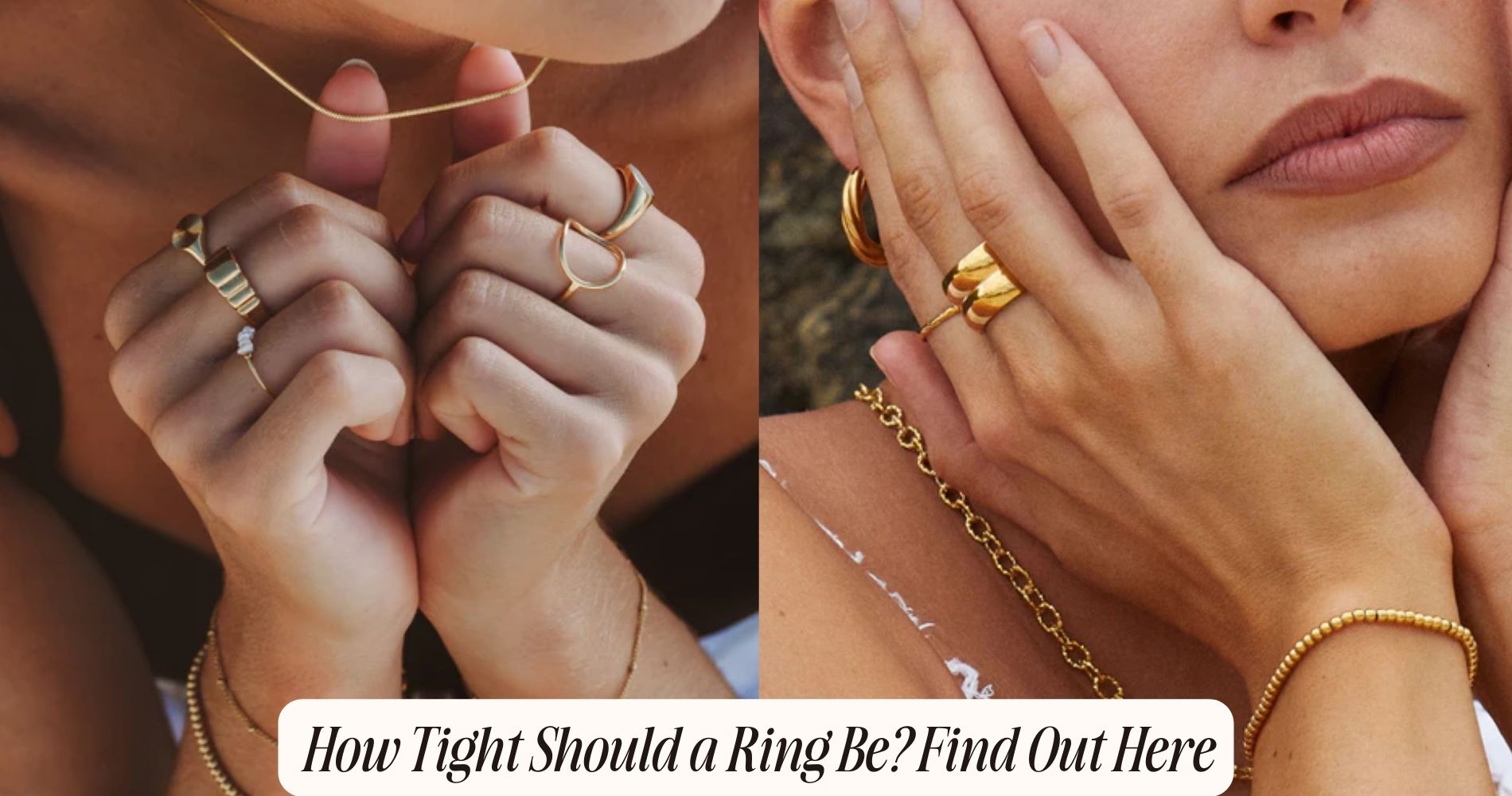
Discover Gemstones and Their Meanings
History of Gemstones
Throughout history, gemstones have captivated human civilizations, serving as symbols of power, wealth, and spiritual significance. You can trace their allure back to ancient trade routes, where merchants exchanged precious stones like emeralds and sapphires for spices, silk, and other valuable goods. These gems were more than just commodities; they were status symbols, often adorning the crowns and jewelry of royalty.
In ancient Egypt, for example, gemstones played an important role in burial customs. Pharaohs were entombed with an array of precious stones, believed to protect them in the afterlife. Lapis lazuli, a deep blue stone, was especially prized, symbolizing divine favor and spiritual purity. The Greeks and Romans also valued gemstones, using them in elaborate jewelry and amulets to ward off evil spirits and bring good fortune.
Furthermore, the ancient trade of gemstones wasn't limited to the Western world. In India, the Navaratna—a collection of nine gems—held immense astrological significance. Each stone was associated with a celestial body and was believed to bring specific benefits.
Ruby: The Stone of Passion
Renowned for its vivid red hue, the ruby has long been celebrated as a symbol of passion and energy across various cultures. Known as the 'king of gemstones,' this corundum variety is highly prized in vintage jewelry, where its deep red color can transform any piece into a timeless treasure. Rubies are often associated with love and intense emotions, making them a popular choice for romantic gifts, particularly in antique settings.
When you explore the birthstone significance of rubies, you'll find they're the designated stone for July. They're believed to bring good fortune, courage, and vitality to those born in this month. Ancient lore also suggests that rubies can protect against misfortune and shield the wearer from harm, making them not just beautiful but also powerful talismans.
Rubies are typically evaluated based on their color, clarity, cut, and carat weight, with the most valued rubies exhibiting a pure, vibrant red with minimal inclusions.
Whether you're drawn to their historical allure in vintage jewelry or their birthstone significance, rubies offer a blend of beauty and symbolism that's hard to match.
Sapphire: The Gem of Wisdom
Sapphires have captivated civilizations for centuries with their rich history and profound lore. You'll find that these gemstones symbolize wisdom and possess unique healing properties, influencing both mind and body.
Examining their historical significance reveals why they're revered as the ultimate gem of insight and clarity.
Historical Significance and Lore
In ancient civilizations, sapphires were revered as symbols of wisdom and divine favor, often believed to protect their wearers from envy and harm. These gemstones were central to many ancient myths and cultural beliefs.
For instance, the ancient Persians thought the earth rested on a giant sapphire, whose reflection gave the sky its blue color. This belief underscored the gemstone's esteemed status and its connection to the heavens.
In ancient Greece and Rome, sapphires were associated with Apollo, the god of prophecy and intellect. They believed wearing a sapphire could grant them insight and clarity, attributes essential for leaders and scholars.
Similarly, in medieval Europe, clergy members donned sapphire rings to symbolize their celestial connection and purity of thought.
Sapphires also played a significant role in Eastern traditions. In Hindu culture, they were linked to Saturn, the planet of discipline and responsibility. Kings and warriors wore them to enhance their decision-making abilities and fortify their resolve.
Symbolism and Healing Properties
Often regarded as the gem of wisdom, the sapphire is believed to enhance mental clarity, foster self-discipline, and promote spiritual enlightenment. When you incorporate sapphire into your life, you're not just wearing a beautiful gem; you're inviting its powerful symbolism and healing properties.
Known for its deep blue hue, the sapphire is often associated with the throat chakra. This connection aids in chakra balancing, enabling you to communicate more clearly and align your thoughts with your actions.
Sapphire's influence extends beyond intellectual domains. It's a potent tool for emotional wellness, helping you manage your emotions with greater ease. By promoting inner peace and tranquility, sapphire can reduce stress and anxiety, making it an excellent companion during challenging times. Its calming energies also encourage self-reflection, allowing you to gain insights into your emotional state and facilitating personal growth.
In addition to its emotional and spiritual benefits, sapphire is thought to have physical healing properties. It has been used in alternative medicine to alleviate headaches and improve overall vitality. When you wear or meditate with sapphire, you're tapping into a rich history of wisdom and healing that spans cultures and centuries.
Emerald: The Symbol of Rebirth
Emerald, renowned for its rich green hue and enchanting beauty, symbolizes renewal and growth, making it a powerful emblem of rebirth throughout history.
You'll find that emerald rituals have been integral to various cultures. In ancient Egypt, emeralds were buried with mummies as symbols of eternal youth and protection in the afterlife. This practice underscores the stone's association with rebirth traditions, signifying a continuous cycle of life, death, and renewal.
In Roman culture, emeralds were linked to Venus, the goddess of love and beauty, believed to rejuvenate the heart and soul. Wearing an emerald was thought to bring about physical and emotional renewal. The stone was also said to enhance clarity and insight, aiding in personal transformation and growth.
Emeralds have held a special place in Hindu culture as well, often used in ceremonies and rituals to signify new beginnings. They're believed to open the heart chakra, fostering emotional balance and spiritual growth.
Diamond: The Eternal Stone
When you consider diamonds, you're engaging with a gemstone that has been prized for centuries, symbolizing purity and strength.
Historically, diamonds were believed to hold mystical powers and were often associated with invincibility.
Today, their unparalleled hardness and brilliance make them not only a favorite in jewelry but also essential in industrial applications.
Symbolism and History
Throughout history, diamonds have been revered as symbols of eternal love, invincible strength, and unmatched brilliance. You're exploring back thousands of years, where diamonds held significant cultural influences across various civilizations.
Ancient beliefs often attributed mystical properties to these stones. The Greeks believed diamonds were the tears of gods, while Romans thought they were splinters from fallen stars. These cultural influences have woven a rich tapestry of lore around diamonds.
In India, diamonds were considered harbingers of good fortune and were worn by warriors to gain invincibility in battle. The ancient Hindus regarded diamonds as conduits of spiritual enlightenment, integrating them into religious icons and rituals. Similarly, medieval Europeans believed diamonds could cure ailments and boost mental clarity, symbolizing purity and strength.
The diamond's symbolism extends to royal regalia, where monarchs used them to signify power and legitimacy. As you investigate further, you'll notice how diamonds have also played pivotal roles in sealing diplomatic relationships and marriages, underscoring their association with undying love and commitment.
Every facet of a diamond's history reflects its enduring allure and significance, illustrating why it remains a timeless emblem of human aspiration and resilience.
Modern Uses and Benefits
In contemporary times, diamonds continue to captivate with their multifaceted applications, ranging from cutting-edge technology to timeless jewelry, demonstrating their enduring allure and versatility.
Dominating jewelry trends, diamonds symbolize elegance and sophistication. You'll notice their brilliance in engagement rings, necklaces, and other adornments, showcasing their unparalleled beauty. Beyond aesthetics, diamonds are essential in high-precision industries. Their unrivaled hardness makes them vital for cutting, grinding, and drilling.
In alternative therapies, diamonds are believed to offer unique benefits. Some practitioners claim that diamonds amplify energy, promoting emotional clarity and spiritual growth. You might find them integrated into various holistic practices aimed at enhancing well-being. This belief in their metaphysical properties adds another layer to their modern appeal.
Furthermore, advancements in synthetic diamond production have broadened their applications. Lab-grown diamonds, indistinguishable from natural ones, are increasingly popular, offering ethical and sustainable choices in jewelry trends. These innovations also drive progress in electronics, where diamonds are used in semiconductors and quantum computing, thanks to their exceptional thermal conductivity and electrical properties.
Amethyst: The Protector Stone
Amethyst, renowned for its striking violet hue, is revered as a powerful protective stone that guards against negative energies and enhances spiritual awareness. This gemstone has been highly valued across cultures for its ability to foster clarity and tranquility in the mind. When you incorporate amethyst into your meditation practices, you'll find it easier to achieve a deeper state of focus and inner peace. The stone's natural vibrations can help clear your mind of distractions, making it an invaluable tool for both novice and experienced meditators.
In addition to its meditative benefits, amethyst is also known for its remarkable stress relief properties. By wearing amethyst jewelry or placing the stone in your living space, you can create an environment that promotes calm and reduces anxiety. The gemstone's ability to balance emotional highs and lows means it can be particularly effective during turbulent times, helping you maintain equanimity.
Amethyst's protective qualities extend beyond emotional well-being. It's often used to shield against psychic attacks and environmental stressors, creating a sense of security. By integrating amethyst into your daily routine, you not only enhance your spiritual practices but also cultivate a more serene and protected life.
Turquoise: The Healer's Gem
While amethyst offers protection and tranquility, turquoise stands out as the healer's gem, renowned for its restorative properties and ability to align the body, mind, and spirit. This enchanting gemstone has been cherished for millennia across various cultures, revered for its vibrant blue-green hues and powerful healing capabilities.
When you wear turquoise jewelry, you're not just making a fashion statement; you're embracing a tradition rooted in ancient wisdom. Turquoise is believed to possess anti-inflammatory and detoxifying effects, making it a popular choice for those seeking physical healing. It's said to bolster the immune system and alleviate ailments such as respiratory issues and muscle soreness.
Turquoise mines, which are primarily located in regions like the southwestern United States, Iran, and Tibet, yield stones of varying quality and color. The matrix patterns, or the intricate veining seen in many turquoise stones, contribute to their unique beauty and are often used to determine the gem's value.
Incorporating turquoise into your daily life, whether through jewelry or other forms, can help harmonize your energy fields, promote emotional balance, and foster a sense of inner peace. Its enduring legacy as a healer's gem continues to captivate and inspire.
Opal: The Stone of Inspiration
Opal, a gemstone renowned for its dazzling play-of-color, serves as a beacon of creativity and inspiration for those who aspire to awaken their imaginative potential. When you gaze into an opal, you're met with a mesmerizing dance of colors that can ignite your artistic expression. This gemstone isn't just visually enchanting; it has a rich history of being a catalyst for creativity.
Opal's unique internal structure diffracts light, creating its signature play-of-color. This optical phenomenon is more than just alluring; it's believed to stimulate originality and dynamic thinking. Holding or wearing opal can provide you with a creative boost, making it an ideal companion for artists, writers, and anyone engaged in inventive pursuits.
Beyond its aesthetic appeal, opal is thought to amplify emotions and thoughts, helping you channel them into your work. By fostering a deeper connection with your inner self, it encourages you to explore new ideas and perspectives. Whether you're sketching a masterpiece or composing a symphony, opal can serve as a powerful tool to enhance your creative endeavors.
Incorporating opal into your creative process might just be the spark you need to elevate your work to new heights.
Pearl: The Gem of Purity
Famed for its lustrous beauty and timeless elegance, the pearl embodies purity and sophistication, making it a cherished gem throughout history. Unlike other gemstones that are mined from the earth, pearls are formed within mollusks, specifically oysters and mussels, adding to their unique allure and cultural significance.
Pearls have been revered by various civilizations, often symbolizing purity, wisdom, and wealth. In ancient Rome, they were a status symbol, while in Chinese culture, they represented wisdom and spiritual energy.
Famous pearls have captivated the world, such as the La Peregrina Pearl, which has been owned by European royalty and Hollywood icons. The Pearl of Lao Tzu, also known as the Pearl of Allah, is renowned as one of the largest natural pearls ever discovered, adding to the mystique surrounding these gems.
When choosing pearls, you must consider their luster, surface quality, shape, and size. High-quality pearls exhibit a mirror-like luster and minimal blemishes, signifying their rarity and value.
Whether adorning a necklace or earrings, pearls never fail to exude a sense of grace and refinement, making them an enduring symbol of purity in jewelry.
Conclusion
You've now journeyed through the fascinating world of gemstones and their profound meanings.
Each gem, from the passionate ruby to the pure pearl, holds unique significance and power.
By understanding these stones, you gain not only a deeper appreciation but also a toolset for personal growth and healing.
So, whether you seek wisdom, protection, or inspiration, there's a gemstone waiting to guide you.
Embrace these treasures and let their energies enrich your life.
























Leave a comment
This site is protected by hCaptcha and the hCaptcha Privacy Policy and Terms of Service apply.